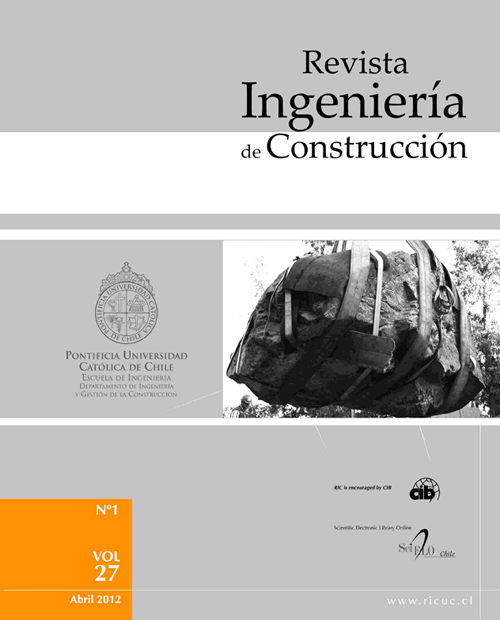Natural ventilation: CFD aerodynamic study about passive extractor and windcatcher
DOI:
https://doi.org/10.4067/S0718-50732012000100003Keywords:
Windcatcher, passive elements, natural ventilation, pressure coefficient, CFDAbstract
In recent years, natural ventilation has won popularity as an energy saving measure for buildings. There are two fundamental principles of natural ventilation: natural draft by temperature differences, and wind force. The purpose of the article is to analyze the aerodynamics of windcatchers and wind-extractors by means of computational fluid mechanics, optimizing the geometries of these elements, and giving a simplified model as a result of the work, so as to include it in the aeraulic calculation of the buildings’ air conditioning systems. Therefore, a base for wind catching geometries has been characterized, and a guide for the design of extraction geometries has been developed; several of them are offered as a result of the work undertaken.


